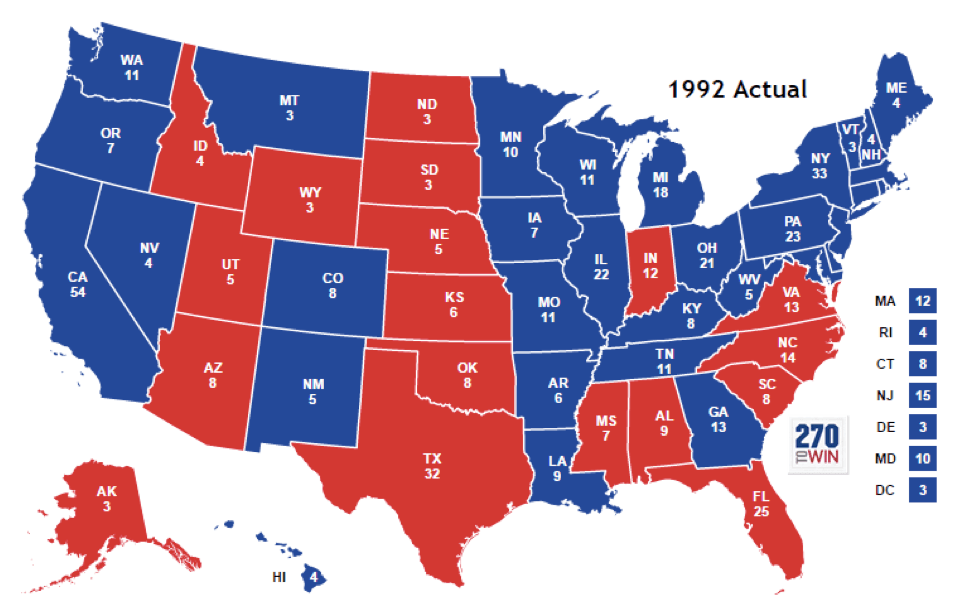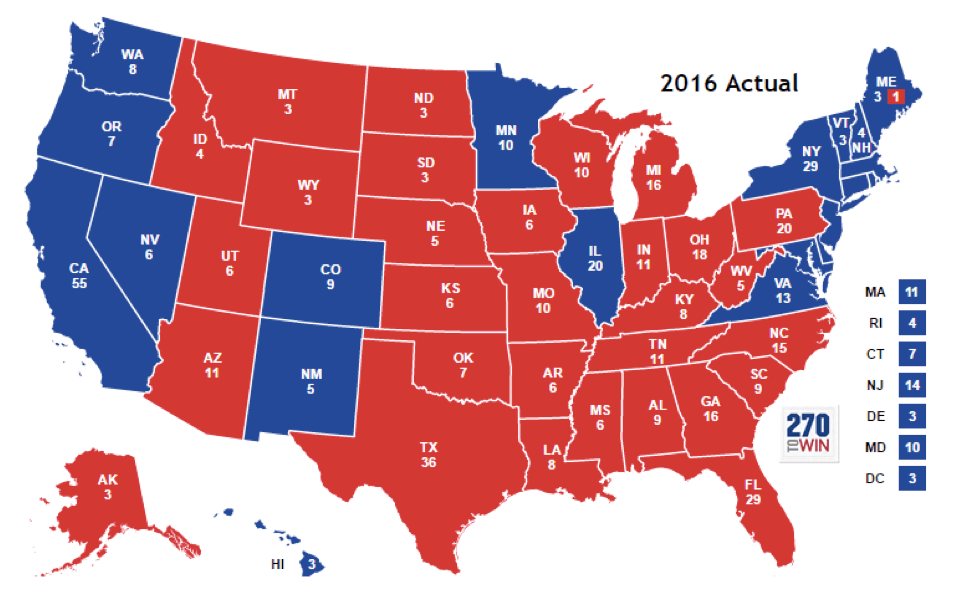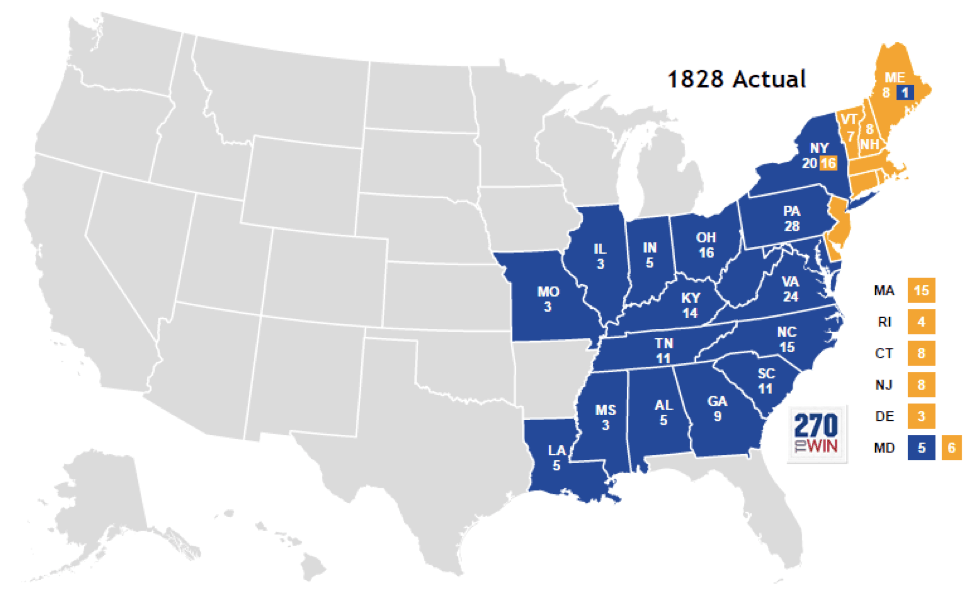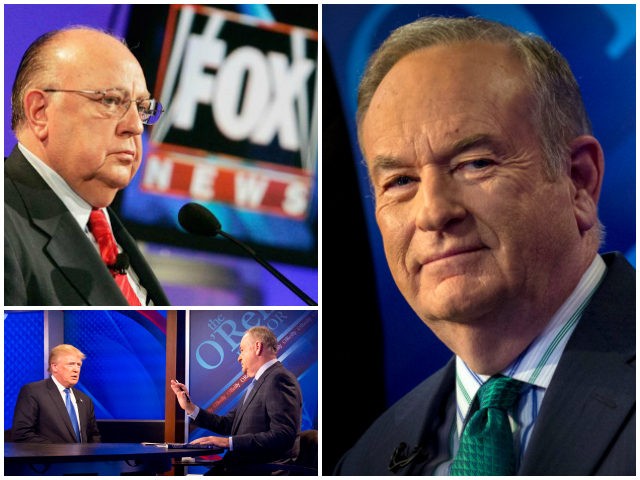I. The Impact of Fox
An era has come to an end at Fox News. The departure, last year, of Roger Ailes, its founder and CEO for two decades, and the departure, this year, of Bill O’Reilly, its biggest star for two decades, means that Fox will be changing. What’s said of politics is also true of TV: Personnel is policy. Tell me the names of those who are making the decisions about programming, and the names of those who are actually doing the shows, and I’ll tell you, in turn, about the network.
Yet now, post-Ailes and post-O’Reilly, Fox’s future is enshrouded in clouds. As we peer through the mist, it’s possible to cite some informed speculation about where Fox is headed, but first, let’s consider where Fox has been, and what it’s done.
As we all know, Fox changed the media, and the country, since it was founded in 1996. Most obviously, Fox gave a home to—and a voice to—the half of the country that felt ignored, even disdained, by what we have come to call the Main Stream Media.
The conservatives on Fox—there were plenty of liberals, too, on the channel, although they were less memorable— talked a different language from the conservatives that went before them. That is, prior to Fox in 1996, the leading media engine of conservative and Republican thinking was The Wall Street Journal editorial page. And close behind was William F. Buckley’s National Review.
Then came Fox. And with Fox, as we shall see, came the changes that prefigured the victory of Donald Trump in 2016.
The founder, CEO, and overall guiding light of the network was Roger Ailes. He was undeniably a Republican and a conservative, and yet even so, he was cut from different cloth than the Journal and NR.
Born in 1940, Ailes grew up in blue-collar Warren, Ohio, 50 miles southeast of Cleveland. He got his start in local TV and quickly climbed the ladder, from prop boy to top dog. At age 25, he was executive producer of The Mike Douglas Show, which soon became the most widely syndicated daytime program in America.
From there, Ailes jumped to Richard Nixon’s 1968 presidential campaign, and then went on to renown as a Republican political consultant, helping, among scores of clients, Presidents Ronald Reagan and George H.W. Bush. (This author came to know, and work with, Ailes in the mid-80s; I was also a Fox News contributor from 1996 to 2016.)
Although Ailes was always a stickler that the news side of Fox should maintain its Fair and Balanced integrity, it’s undeniable that the opinion side of Fox—mostly in prime time, but also sprinkled here and there throughout the weekly schedule—leaned to the right.
And yet at the same time, Fox was always, well, Ailesian. Just as he had tutored politicians never to talk down to the voters by dropping big words, so Ailes instructed his TV talent never to talk down to the audience. And so, unlike the Journal, Fox didn’t have much interest in libertarian economic theory; opinionators were often in favor of lower taxes and limited government, but references to Adam Smith or Friedrich Hayek were few and far between. And unlike the scribes for National Review, Ailes had little interest in explications of conservative ideology or theology.
What Ailes wanted was something different: He wanted strong personalities, crisp interviews, punchy language, and hard-hitting points, made quickly. And his formula worked. When Fox debuted in 1996, both CNN and MSNBC were already on the air; CNN’s Ted Turner predicted that his network would squash Fox “like a bug.”
Yet by 2002, Fox had overtaken CNN and could fairly claim its self-declared tagline: “The Most Powerful Name In News.”
Everyone remembers that Ailes left Fox under less-than-pleasant circumstances in July 2016, and yet even so, the momentum that he had built has continued to carry the channel forward. In January, Fox celebrated its 15th anniversary as the number one cable network.
Of course, Ailes didn’t do all this by himself.
The biggest star at Fox over the same two decades was Bill O’Reilly, who left the network, also under unpleasant circumstances, earlier this month. O’Reilly was a Fox Original; he was on the air the very first day, October 7, 1996 (although the show was known then as The O’Reilly Report, and it didn’t yet air in prime time).
Like Ailes, O’Reilly was a conservative, albeit of an even more populist persuasion. Indeed, from the first moment that BOR, as he was known internally, called someone a “pinhead,” the world was on notice that his show would be something different—and something very popular.
After all, O’Reilly was first and foremost a TV guy; his roots were in local news and tabloid television—also places that don’t reward complex locutions and polysyllabic words. And also, interestingly, for all his bluster, he never forgot, every night, to thank his audience for watching. It was that tight connection to his audience that made O’Reilly an enduring star.
So here we can see how the personal becomes the political: Born in 1949, O’Reilly was a part of a powerful demographic group; he was a middle-class Irish Catholic from the mid-Atlantic region—specifically, New York’s Long Island. Once upon a time, Irish-Americans had been solidly Democratic. First, it was was Tammany Hall and all the other Democratic political machines in big cities across the country; next, it was Al Smith (the first major-party Catholic presidential candidate) and FDR’s New Deal—all the way.
But then, in 1952, the great hero of World War Two, Republican Dwight Eisenhower, won the votes of many sons and daughters of Eire.
Indeed, after a rhapsodic-then-tragic detour in support of John Fitzgerald Kennedy in 1960, the Irish were inclined to support the presidential candidacies of Richard Nixon and Ronald Reagan, even as they typically retained their Democratic identity in state and local elections. Yet then, in the early 90s, Democrat Bill Clinton won them back to his party.
And so we return, once again, to the dawn of the Fox Era. Now let’s take a closer look at the country—at least its presidential voting patterns—pre-Fox and post-Fox.
II. The Jacksonian Coalition vs. the Yankee Coalition
Nineteen-ninety-two was the last presidential election in which Fox did not play a role. In that year, Bill Clinton trounced George H.W. Bush in an electoral college landslide, 370 to 168. Let’s have a look at the electoral votes, laid out on a map:

As we can readily see, Clinton not only won all but one of the Great Lakes States, but he also did well in the South; he won four of the 11 states of the Old Confederacy. He also won both of the leading coal-mining states, Kentucky and West Virginia.
To put these results another way, in 1992, the Democrats were fully competitive—even dominant—in the Heartland, especially in its northern reaches, up along Lake Michigan.
Then came Ailes, O’Reilly, and the Fox News Channel. Theirs was a populist-nationalism that ordinary people across the country could understand and relate to.
Thanks to FNC, it was no longer possible for the MSM and other scorners to stereotype the Republican Party as just the Chamber of Commerce plus the Moral Majority. Thanks to Fox, newer issues—anti-political correctness, crime, jihad— gained salience on the national stage. It was these newer issues, moving beyond the flat tax and Social Security privatization, or abortion and school prayer, that proved compelling to Northerners.
Indeed, thanks to the commonality of Fox, a new kind of virtual community was formed. For the first time in decades, blue collars in Pittsburgh were on the same political wavelength as blue collars in Nashville. That is, Pennsylvanians and Tennesseans together could see honest but sympathetic journalism about cops, soldiers, and ordinary folks—without the usual smugness, even hostility, of the MSM. Why, Fox fans could even meet each other on vacation in Branson, Missouri, the holiday nexus of the emerging Fox Nation.
And of course, long before he was a presidential candidate, Donald Trump was a regular on Fox.
Okay, so now to 2016. As we can gather from the electoral college map below, Republican Donald Trump reversed Bill Clinton’s strength in the Great Lakes; whereas Bill Clinton had won six of those seven states in ‘92, Trump won five of seven against Hillary Clinton in ’16. In addition, Trump solidified much of the South; he won the four states that Bush 41 had lost, although Virginia, increasingly dominated by the suburbs of Washington, DC, went the other way. And of course, Trump won Kentucky and West Virginia. Let’s have a look:

So we can see: To win in 2016, Trump vastly strengthened the Republican grip on the heartland, while Hillary Clinton and the Democrats, even as they were losing, managed to retain their grip on the bulk of the Northeast and the West Coast.
To consider the 2016 election results another way, we can examine the demographic underpinnings of the balloting. And these underpinnings can be stated simply: Trump united Southern white Protestants and Northern Catholics in the same political armada.
Thus we can see: Trump brought the O’Reilly constituency of Northern Catholics, which had wandered off to vote for Bill Clinton and Barack Obama, back into the Republican fold. As the 2010 and 2014 midterm elections had demonstrated, energized Republicans, nationwide, were mobilizing for big victories. And yet at the presidential level, those same GOP voters were waiting for a Republican candidate who was more Bill O’Reilly than Mitt Romney. That is, a populist, not a plutocrat. And that O’Reilly-esque candidate, of course, was Trump.
To be sure, Trump didn’t win all Northern Catholics. He was mostly blanked in New England, even as he won most of the Midwest, plus Pennsylvania.
And of course, even in the states she won, Hillary Clinton didn’t win all the Catholics. In Massachusetts, for example, Trump won nearly 1.1 million votes; that total might provide a rough estimate of the number of Fox fans in the Bay State.
Interestingly, this coalition of Northern Catholics and Southern white Protestants has a long and important political history. In fact, this particular North-South alliance was first forged by one of Trump’s heroes, Andrew Jackson, our seventh president, way back in 1828. Let’s have a look at the electoral college map for that year:

Obviously much has changed in the last two centuries—starting with the fact that, back then, the US consisted of just 22 states. Moreover, the political parties themselves have changed: Jackson won as the leader of the Democratic Party, while Adams ran as a National Republican, that being a forerunner to the Republican Party, which was not founded until 1854.
Yet we can observe: The names of the candidates, and their party labels, may change, but the interests of peoples and regions remain far more steady. That is, Southerners tend to look at the world one way, and New Englanders (then and now, mostly Protestant, at least by background) tend to see it another way. And politically speaking, Catholics find themselves somewhere in between Southern and Northern Protestants.
Andrew Jackson himself was a Southerner, but with the help of a wily Northern political strategist, Martin Van Buren, Old Hickory managed to pull together a trans-regional coalition, composed of Southern whites and Northern Catholics, that won the 1828 election in a landslide against John Quincy Adams. (In those days, of course, Southern blacks, being enslaved, couldn’t vote; if they could have voted, they would undoubtedly have been for Adams, thus making the election far closer.) And then, four years later, in 1832, Jackson won a second landslide victory.
Thus was established the Jacksonian Coalition.
Now one might ask: What, exactly, did those two blocs, North and South, have in common? Answer: Not a whole lot, other than a shared antipathy to the policies and personalities of Yankee Protestants—and that was enough.
Not surprisingly, the hostility was mutual. In 1828, the Adams campaign labeled Jackson as the son of a prostitute, a bigamist, and a war criminal; meanwhile, his Southern supporters were labeled as ignorant rustics, and his Northern supporters as “Papists.”
Today, two centuries later, not that much has changed. In 2016, Hillary Clinton repeatedly slammed Trump (he, of course, responded in kind), and then, most notoriously, she referred to his supporters as a “basket of deplorables.”
Needless to say, O’Reilly and Fox closely covered Clinton’s “deplorables” comment—as did, of course, other, even newer, media outlets. Thus we can see that right-of-center media played a key role in knitting together a common Trumpian consciousness.
The bottom line for 2016 is that the Deplorable Jacksonians, North and South, were back together. Yes, the party labels have flipped; the Jacksonians, once Democrats, and are now Republicans, while the Yankees, once Republicans (or proto-Republicans), are now Democrats. But the dynamic of regional rivalries is much the same.
In the meantime, if we take another look at that 1828 map, we can see that the electoral wins for Jackson’s opponent that year, Adams, were almost entirely confined to New England, the hub of Yankee Protestantism. And of course, we know that in 2016, Hillary Clinton, too, won New England overwhelmingly. So again, we see a continuity: From Adams to Clinton, New England is typically on the other side of the Jacksonian Coalition. We can dub these anti-Jacksonians the Yankee Coalition.
Of course, in 2016, Clinton did well with other demographic groups, too. Most notably, she won big among African-Americans and Hispanics. And that’s why Clinton carried states with large black populations, such as Illinois, as well as states with large Hispanic populations, such as California.
Yet even though the contemporary Democratic coalition is far larger than just New England, we can observe that the Democrats’ intellectual heart is still with the Yankees, including such citadels as Harvard and Yale—so let’s stick with Yankee Coalition.
So there we have it: on one side, the Jacksonian Coalition of Southern white Protestants and Northern Catholics, and on the other, the Yankee Coalition, of New Englanders, people of color, and others who comprise all the little blue dots—oftentimes, college towns—across the country.
Today, the Jacksonized Republican Party is vastly stronger than it was 25 years ago. And Ailes and O’Reilly deserve a lot of credit for that.
So what will now happen to Fox, now that both of them are gone? And what will happen to the Jacksonian Coalition,?
III. What’s Next for Fox, Post-Ailes, Post-O’Reilly
It’s hard to predict the future; the best thing to do is wait and see what transpires.
But for those who can’t wait, some clues might be found in a canny April 20 article in The Hollywood Reporter by Michael Wolff. For many years now, Wolff has been a leading chronicler of the news business, including Fox News; he even wrote a well-sourced and well-regarded book about Rupert Murdoch, the big boss of Fox’s parent company. Yet Murdoch, who hired Ailes two decades ago to start the news channel, is now 86.
And so the torch is being passed to a new generation—specifically, to Rupert’s younger son, James Murdoch. By all accounts, the younger Murdoch was the driving force behind the departure of both Ailes and O’Reilly and plans further changes, too.
So when Wolff headlines his latest piece, “It’s James Murdoch’s Fox News Now,” attention must be paid. And we can be sure that the reunited Jacksonian Coalition, who bulk up the Fox audience, will be paying particularly close attention to the outlet that helped bring them together again. Will Fox still be a binding force for these folks in the future? Stay tuned.
We don’t exactly how Fox will change in the years to come, but Wolff is clear about one thing: Change is coming. Big change.

COMMENTS
Please let us know if you're having issues with commenting.